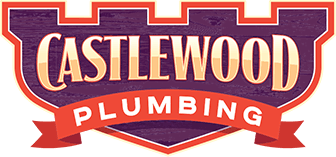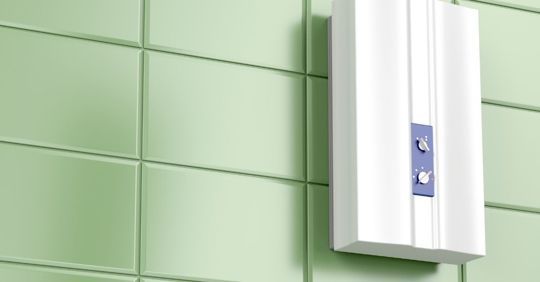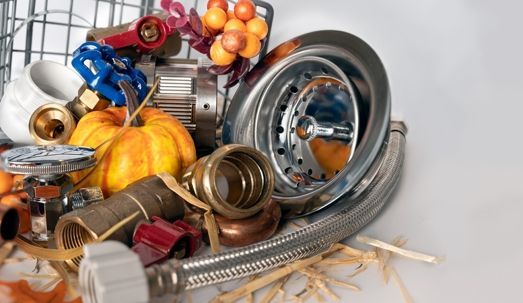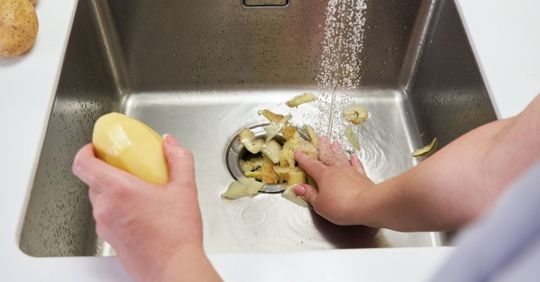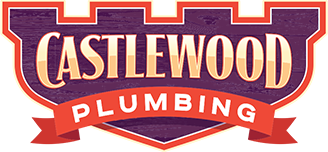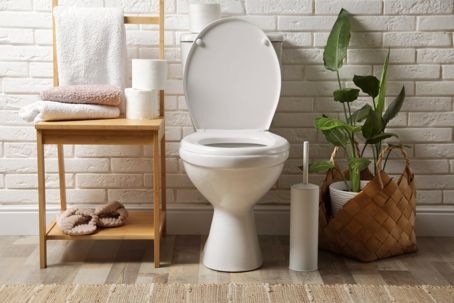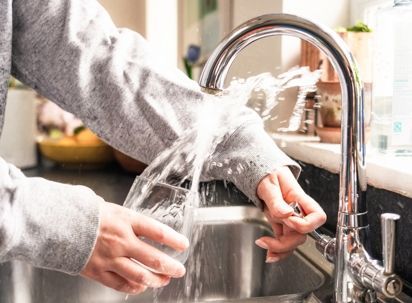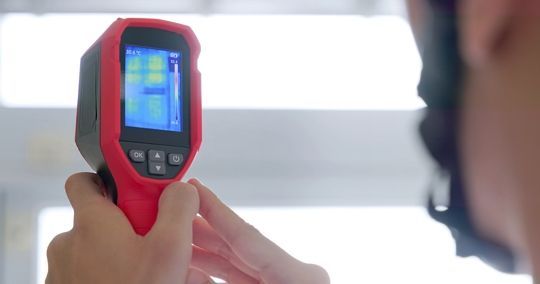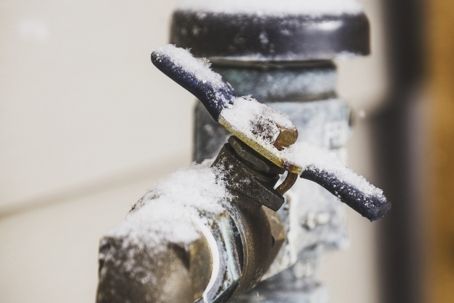What is a Backflow Preventer & Why You Need One For Your Home

What Is a Backflow Preventer and Why Does Your Home Need One?
When you turn on your faucet, you expect clean, safe water to come out. But without the right safeguards in place, contaminants could sneak into your water supply. That’s where a backflow preventer comes in.
This simple but critical device keeps water flowing in the correct direction and protects your home’s drinking water from contamination. If you don’t have one, you could be putting your household’s water at risk.
What Is a Backflow Preventer?
A backflow preventer is a plumbing device designed to stop water from flowing backward into your home’s water supply. Normally, water flows one way: from the public supply into your home. But if pressure changes occur, water can reverse direction, allowing pollutants, chemicals, or bacteria to enter your clean water lines.
The backflow preventer acts like a barrier, ensuring water only flows where it’s supposed to, protecting your family’s drinking water.
What Causes Backflow Issues?
Several situations can trigger backflow in a plumbing system:
- Sudden drops in water pressure – for example, when firefighters use a nearby hydrant.
- Back pressure – when downstream pressure becomes greater than the supply pressure, forcing water to flow in the wrong direction.
- Back siphonage – when a vacuum effect pulls contaminated water into the supply lines.
- Water main breaks – sudden disruptions in the municipal system can cause dangerous pressure fluctuations.
Without a backflow preventer in place, these issues could allow contaminated water to enter your home.
Common Systems That Require Backflow Prevention
Backflow prevention devices are often required by local plumbing codes. For example, St. Louis County requires backflow preventers in certain situations, including:
- Lawn irrigation systems – Fertilizers, pesticides, and standing water in sprinkler lines can backflow into your drinking water.
- Steam showers and specialty plumbing fixtures – Heated water systems create pressure differences that may push water backward.
Even if your home already has a backflow preventer, it’s important to understand your role in keeping it functional.
Do Backflow Preventers Need Maintenance?
Yes. If you already have a backflow preventer installed, you are responsible for making sure it works properly. Local regulations often require annual testing by a licensed plumber to confirm the device is functioning and to keep your home compliant with code.
Neglecting testing or repairs could not only risk your household’s safety but may also result in fines if your municipality enforces compliance.
Why You Should Call a Plumber
Backflow prevention is not a DIY project. These devices need to be installed correctly and tested regularly by trained professionals. If you’ve noticed water pressure issues, suspect your backflow preventer isn’t working, or need one installed for your irrigation or specialty plumbing system, it’s time to call your local plumber.
A backflow preventer is essential for keeping your water supply safe. Whether you’re installing a new system or maintaining an existing device, professional help ensures your home’s drinking water stays clean and protected.
